Plant wealth on Mallorca
With more than 1.500 different plant species, the Mallorcan fauna can be described as very species-rich.
Almost ten percent of the plants are found exclusively on Mallorca and the Balearic Islands. Even if the landscape is very diverse, it is mainly useful plants that are grown on a large part of Mallorca.
Lemon, orange, almond and olive trees in particular can be found in almost every corner of the Mediterranean island.
Mediterranean plant diversity
Since they are spread all over the island, the extremely handsome ones can also be found in Cala Millor strawberry trees. When looking at the fruits, the question often arises as to whether they are poisonous or whether they can be consumed without hesitation. The good news is that strawberry trees and the fruit are non-toxic and safe to eat.
The bad news, however, is that the fruits of the arbutus tree do not taste particularly good.
They have a floury consistency and mostly taste rather bland, which is why they are rarely used for the production of liqueur or jam.
The most widespread tree in Mallorca is the Aleppo pine. The reason for this goes back to the 16th century.
It dates back to the 20th century, when the island's population at that time increasingly planted the fast-growing pine trees to meet the increasing demand for wood. Today about XNUMX percent of the island's surface is covered by pine forests.
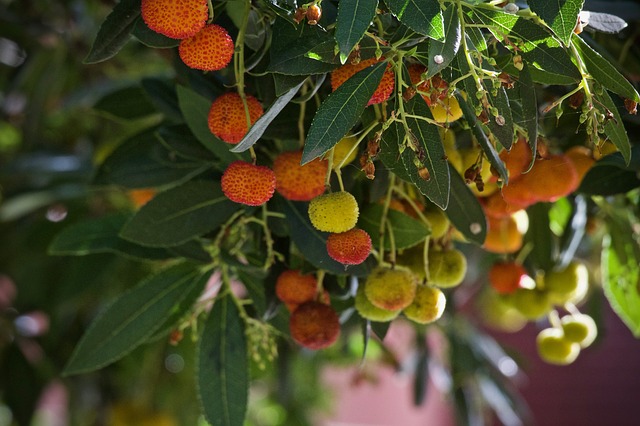
Watch out for the opium poppy
In the meantime, the opium poppy spread on the Mediterranean island.
Originally a cultivated plant, authorities are still puzzled as to why the poppy was able to spread so rapidly across the island in just a few years.
The fact is that all green parts of the plant are poisonous - both for animals and for humans.
For this reason, the opium poppy should only be viewed from a distance and not touched. Dogs should also be kept under close surveillance when approaching the poppy plants.
Contact with the angel's Trumpet .
This plant species can also be found in and around Cala Millor and is considered extremely poisonous. Even rubbing your eyes after skin contact with the plant can dilate the pupils.
Consumption of the plant is significantly more risky. The consequences of a possible ingestion of the angel's trumpet can be serious. In addition to uncontrollable intoxication and hallucinations, heart problems can also occur, leading to cardiac arrest.
It is therefore highly advisable to avoid contact or even consumption of the plant.
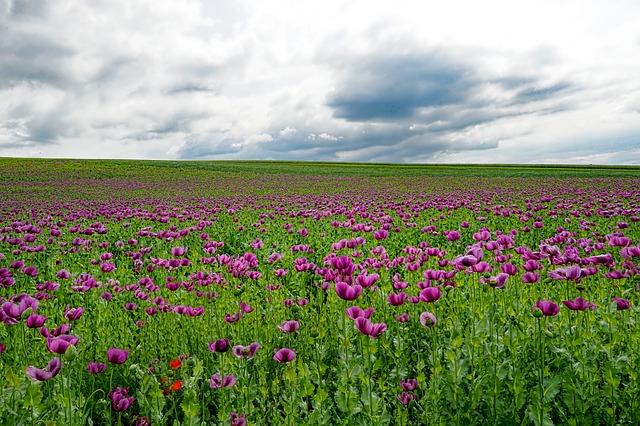
Wildlife in Cala Millor and Mallorca
In contrast to the lush variety of plants, the fauna of Mallorca is significantly less extensive.
Especially Mammals only rarely occur in Mallorca. The most well-known representatives include the feral domestic goats, which are mainly found in the Sierra de Tramuntana.
Otherwise, the Mallorcan wildlife consists largely of a variety of Bird species such as the Balearic diver, the purple heron or the greater flamingo.
In addition, there are some animals on and in Water around Mallorca, which should be viewed with extreme caution.
Travelers should be particularly careful during the months of February and March.
During this period, there are more accumulations of the dangerous in Mallorca processionary moth. The caterpillars of this butterfly have tiny hairs that can cause unpleasant and dangerous reactions.
To protect yourself from the processionary moths, you should avoid being near pine trees in the spring months, where the caterpillars prefer to be.
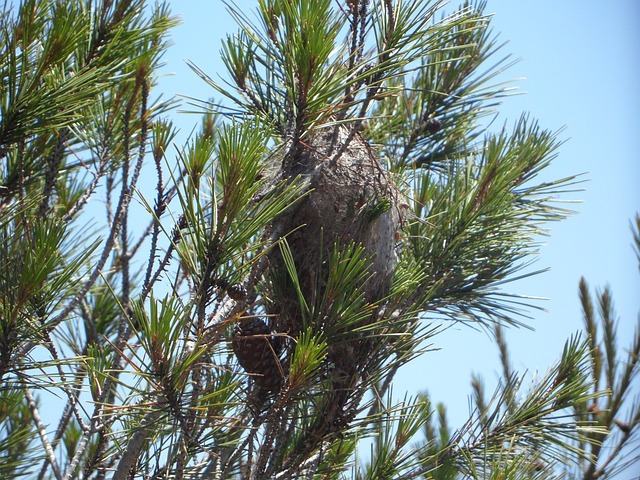
danger in the water
If you want to spend your holiday in Cala Millor, you should be particularly careful when bathing in the sea. It is not uncommon for people to meet in the waters around Mallorca stinging jellyfish. Even if this type of jellyfish looks very attractive, you should try to keep as far away as possible.
Direct skin contact with a stinging jellyfish can cause severe pain and, in an emergency, even an allergic shock. The authorities in Mallorca are aware of this danger, which is why the beaches regularly checked and washed up animals removed immediately.
Should you experience painful contact with a stinging jellyfish, you can contact the nearest lifeguard who can treat the affected areas with vinegar.
As with meeting a stinging jellyfish, be sure to keep your distance from the Portuguese galley. This jellyfish species is one of the most poisonous jellyfish and has been sighted several times in the Mediterranean in recent years.
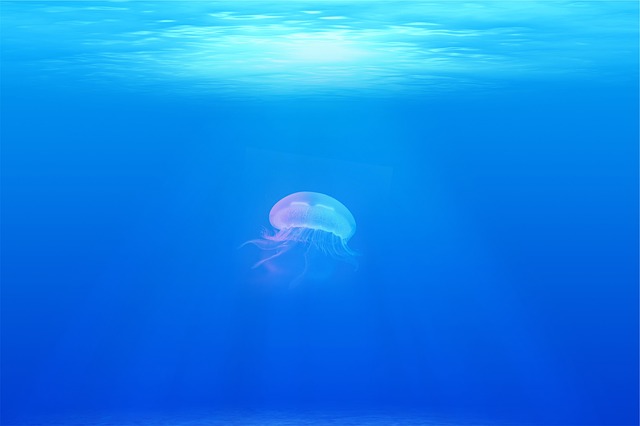
Be sure to keep your distance from the Portuguese Galley and do not attempt to Qualle to touch. It is also advisable to dial 112 if possible and report the sighting.
Snakes in Mallorca
Due to the climatic changes and the introduction of tropical animals, many new ones have emerged in recent years species of snakes based in Mallorca.
Therefore, it is not uncommon for that as well Tourists meet a snake in their hotels. However, there is no reason to panic. None of the snake species found in Mallorca pose a serious threat to humans.
Both the black-backed snake and the lizard snake are occasionally sighted in Mallorca. Officially, they are assigned to the poisonous snakes, but they only have poisonous teeth in the back of the jaw.
Therefore, the venom is very rarely released on bite. All other snake species on Mallorca, on the other hand, are completely non-toxic.
Nevertheless, you should avoid snakes if possible so as not to provoke them unnecessarily and risk a bite. Because even if the Mallorcan snakes are little or not poisonous at all, a bite can be extremely painful.
For more helpful information, please visit our home page.
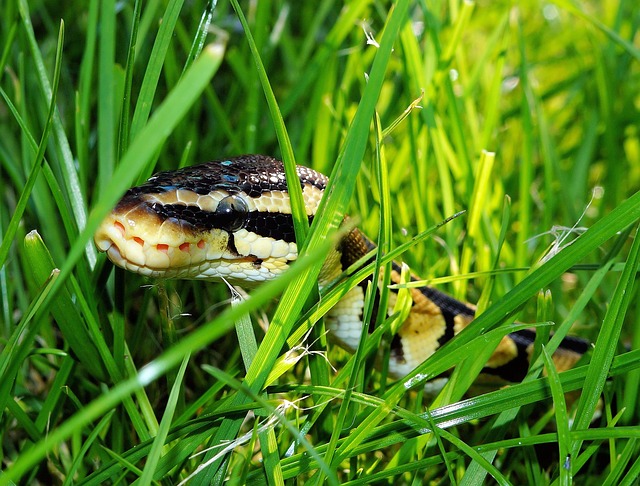
FREQUENTLY ASKED QUESTIONS:
ᐅ Click here & read our article ᐊ
The most widespread tree in Mallorca is the Aleppo pine. About 20% of the island's area is covered with pine forests.
ᐅ Click here & read our article ᐊ
No, the fruits of the arbutus tree are not poisonous and can be eaten, but they are not usually used to make liqueur or jam due to their floury consistency and bland taste.
ᐅ Click here & read our article ᐊ
When swimming in the waters around Mallorca, one should exercise caution and stay away from certain sea creatures such as the stinging jellyfish and Portuguese jellyfish.
If you get stung by a stinging jellyfish, contact the nearest lifeguard and get a vinegar treatment. If you see a Portuguese jellyfish, try not to touch it and report your sighting to 112.


Hello
I would like some information.
I want to fly to Mallorca when the poppies are in bloom.
But I don't know what month this year would be for the poppies to bloom.
I assume they will bloom sooner. Can you help me there?